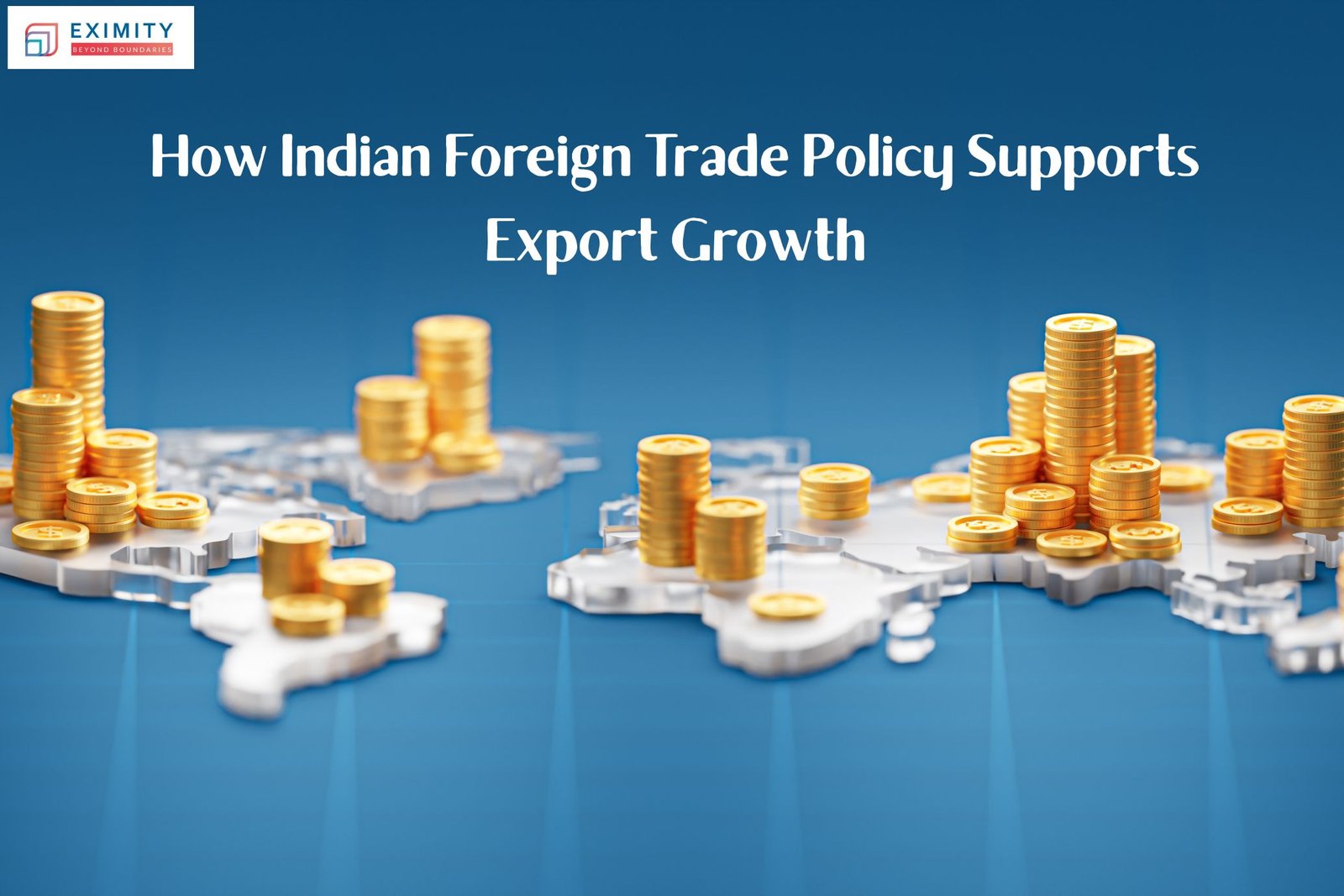Due to its giant scope, the Indian foreign trade policy is essential for international business relations because it directly aligns with their foreign commercial policy. It outlines goals and objectives, as well as strategies, schemes, and mechanisms to foster exports from India while managing imports with balanced targeted aid. Indian businessmen will always need a policy as markets change.
The foreign trade policy of India does define the contours of economic diplomacy and tries to provide concrete opportunities for the domestic producers and the exporters to grow in the global marketplace.
What is Foreign Trade Policy?
The foreign trade policy is a policy that the government of India has configured for the international borders through which imports and exports can be effected and funded by the economy to encourage outbound trade while also wanting to boost industries in the country.
Important priorities of Indian foreign trade policy:
- Provides rewards for export performance
- Streamlines the customs clearance activities
- Foster the transfer and renewal of technologies.
- Fosters trade agreements at both the country and regional group levels.
- Aids micro, small, and medium enterprises and new, coming exporters
Anyone venturing to start an import export business must first grasp these principles to have some level of success.
Understanding India’s New Foreign Trade Policy (2023–2028)
The newly introduced Foreign Trade Policy by India (also known as Foreign Trade Policy 2025) aims to achieve a staggering $2 trillion in exports by the year 2030. Alongside the traditional goals of an Indian foreign trade policy, now there is a focus on sustainability, ease of doing business, and digitization.
Key updates in the latest policy:
- Real-time approval service and licensing systems
- Emphasis on district-level export centers
- New focus on export management Documents for Export and digital submissions
- Integration with international trade networks
- The promotion of green trade involves the use of sustainable goods.
all contribute towards greater transparency and efficiency in exports from India.
Strategic Benefits of Indian Foreign Trade Policy
The Indian foreign trade policy empowers exporters through:
- Duty exemption and remission schemes
- MEIS/SEIS offers benefits to service and goods exporters.
- Import export documentation streamlined.
- Assistance with export credit and finance.
- Trade promotion councils and international exhibitions.
These policies empower Indian exporters to compete internationally more effectively.
How It Helps Boost Export from India
With a robust scheme for Indian foreign trade policy, a country can exponentially increase its exports. It offers strategies tailored to specific sectors and identifies key markets based on potential demand and trade relations.
For example:
- The agriculture and food processing sectors receive assistance in transportation as well as in processing certification.
- Pharmaceutical companies get streamlined compliance and regulatory guidance.
- Subsidized freight and R&D-based incentives are available for engineering exports.
The policy offers sector-specific aid to both traditional businesses and technology-based exports, regardless of your current position, to help you grow.
Role in Supporting the Import Export Business
If anyone is entering the import export business, the foreign trade policy of India acts as a complete handbook. It simplifies legal processes, encourages e-governance, and removes entry barriers to trade.
Key advantages for import-export entrepreneurs:
- Detailed handbooks on how to find international buyers
- The availability of DGFT offices and Export Promotion Councils is beneficial for entrepreneurs.
- The cost of exporting is reduced because of free trade agreements.
- Shipping, clearance, and finance dictated by the policy provide a streamlined workflow.
Following the policies protects businesses from legal issues and allows them to grow freely.
Export Incentives and Schemes in the Policy
Any foreign trade policy would be incomplete without mentioning incentives. The Indian model provides both financial and procedural incentives for eligible exporters.
Highlighted schemes include:
- RoDTEP (Remission of Duties and Taxes on Exported Products)
- Advance Authorization Scheme
- EPCG Scheme (Export Promotion Capital Goods)
- Duty-Free Import Authorization (DFIA)
- SEIS (Service Exports from India Scheme)
Customs, Documentation, and Legal Compliance
The export customs clearance process should be followed accurately for the exports to run without hitches. The foreign trade policy requires the use of ICEGATE for submissions and e-Sanchit for submission of compulsory documents for export.
Exporters must handle:
- Bill of Lading
- Commercial Invoice and Packing List
- Importer Exporter Code (IEC)
- Certificates of Origin
- Product-specific licenses
Working with specialists helps ensure that import-export documentation is accurate and eliminates delays or costly fines.
India’s Position in Global Trade
The rest of the world has embraced India with open hands, which has further bolstered the new policy. India now has better infrastructure and a skilled workforce and also has digitized capabilities that are strengthening its footprint overseas.
- Growth in demand for Indian textiles, pharmaceutical goods, and agricultural products.
- Concentrated efforts toward the top 50 products exported from India.
- India is actively participating in the markets of African and Southeast Asian countries, as well as the European Union.
The Indian foreign trade policy makes sure that India is compliant with the international trade practices and is prepared for future developments.
India’s expanding footprint in global trade includes significant growth in markets like the U.S., UAE, and Canada. Canada imports from India are steadily rising, especially in sectors like pharmaceuticals, textiles, and machinery.
Conclusion :
Building a Policy-Aligned Export Strategy
Consistent growth in an import export business requires one to fall in line with the Indian foreign trade policy. The framework is designed for opportunity, be it garments or agri-products.
Understanding key procedures, choosing the right products, and using government support are critical starting steps. Your profitable and policy-compliant export roadmap is just a consultation away on our Contact Us page.

